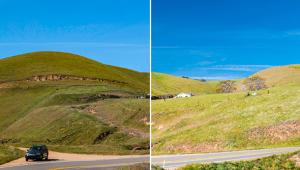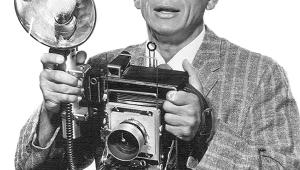How I Clean a Camera Lens and What I Use
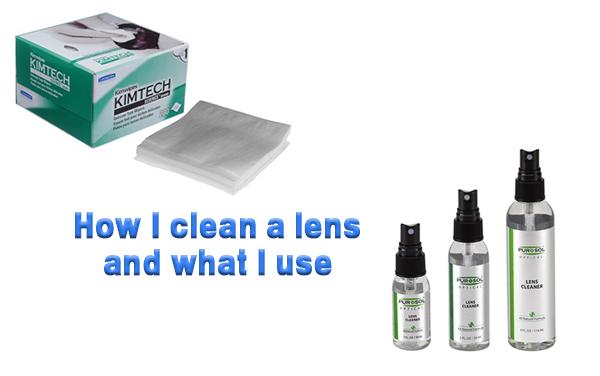
How often is lens cleaning necessary? What's the safest and most effective way to do it? What materials are best? What you don't know can hurt you. What you read here can also be successfully applied to your eyeglasses, smartphone, Apple Watch and more.
Just the other day I read some dangerous advice. A well-intentioned dimwit proclaimed that a good way to clean a camera lens involves a puff of warm breath and an old, clean tee shirt. It's amazing how much misinformation a person can gather and spread.
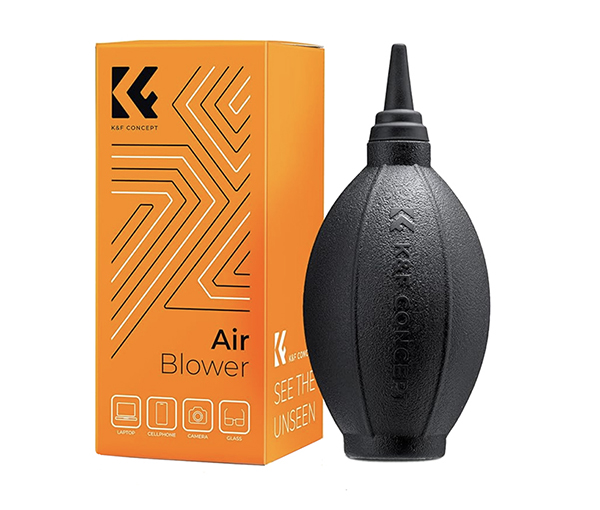 Cleaning the Glass
Cleaning the Glass
The next time you’re tempted to wipe a lens with a shirttail or facial tissue, think about this. At the micro level, rubbing anything on the surface of the front lens element is literally grinding away at the glass and coating. Under extreme magnification, a paper towel looks like sandpaper.
Fortunately, removing dust usually doesn’t require any contact at all. Often all it takes is a gentle puff of clean, dry air to dislodge the specks. A bulb-type ear syringe works great, just be careful to not touch the lens with the tip. One reliable example is the K&F Concept Air Blower. It's available from Amazon for $12.99
Remember to hold the lens with the front element pointed toward the floor so the dust falls clear instead of becoming lodged in the trim ring.
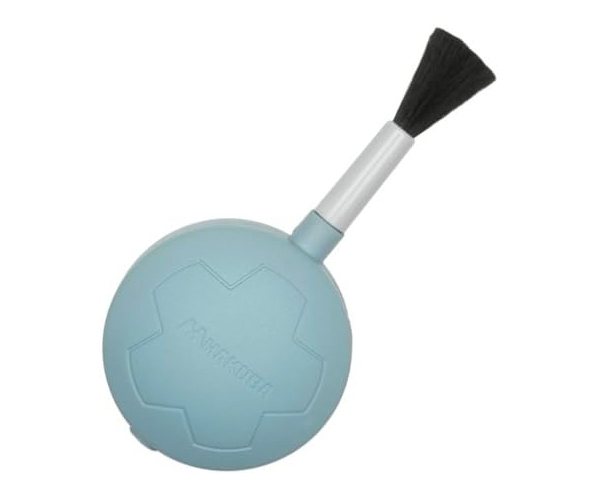
Alternatively you can buy an inexpensive accessory that combines an air bulb with a soft brush. I like the high quality of the one made by Hakuba. You can order it from Amazon for $15.
Gently wipe the brush over the lens surface to remove the more stubborn particles. Store the blower brush in a zip-type sandwich bag to keep it clean. Avoid brushes that are intended for other purposes, for instance, makeup brushes. Those can shed bristles which can get caught in the mechanism.
Some people use canned compressed air, but I recommend against it. It's expensive and unnecessary. Because it’s under considerable pressure, the air can propel dust and dirt into the small seams around the front lens element. If you carelessly use canned air to clean the lens of a compact camera that has a built-in, disappearing lens cover, you run the real risk of damaging the cover mechanism. Or blasting it out entirely.
If you get a finger print on the front of your lens, first try removing it with a thick microfiber lens cloth. The microfiber material has a special weave that captures dirt and oil, yet is soft enough that it will not harm the lens. Even so, use a light touch. Microfiber cloths are great for wiping nose grease off of the LCD monitor on the back of your camera, too, as well as the lens barrel.
It’s rarely necessary to use liquid lens cleaner, but some fingerprints do require it. Use distilled water or a cleaning fluid that is formulated for camera lenses and a fresh lens tissue. Put a single drop of fluid on the tissue (never on the lens) and gently wipe the lens surface in a circular motion.
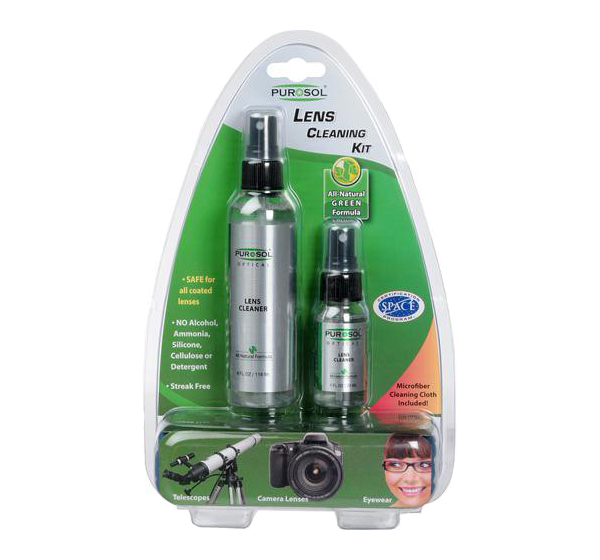
What Fluid?
Purosol Lens Cleaner was developed for NASA and military optics. It’s non-toxic, hypoallergenic, nonflammable, sterile and completely biodegradable. It is free of Volatile Organic Compounds and exceeds EPA and OSHA health and safety standards, and the standards set for the EU, Australia, Canada, Japan. It’s the gold standard in my book. It's pricy ($7.95 for 1 ounce bottle at B&H) but well worth it.
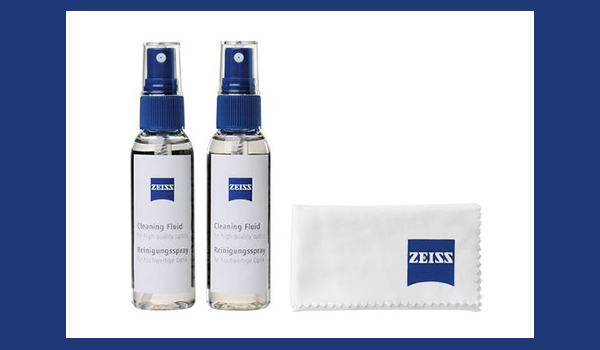
Zeiss Lens Cleaner works great and costs less—about $9 for a pair of two ounce bottles from Amazon. I haven’t conducted any scientific tests, but for my money it’s the best for stubborn grease, and I use it exclusively on my eyewear. They also offer pre-moistened Lens Cleaner Wipes which are convenient in the field and for travel.
Which Lens tissue?
Kimtech Kimwipes Wipers are the best, hands down. They’ve been around for more than 60 years and are used extensively in clean rooms and laboratories around the world. They are not expensive (about $6.50 per box of 286 at Amazon) and because of their size (4.4 x 8.4 inches) they’re easier to use than those thin papers that come in many bargain-bin lens cleaning kits.
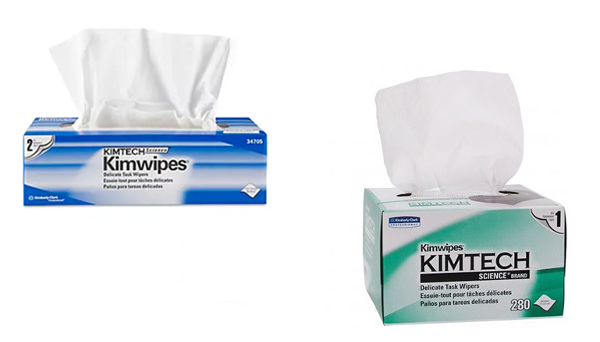 Do NOT use facial tissues or bathroom tissue to clean lenses. They often contain fragrances and other additives. Most camera lenses have a surface coating of magnesium fluoride (MgF2) or silicon monoxide (SiO) or both that increases light transmission. This purplish colored coating is durable but can be damaged if you’re not careful.
Do NOT use facial tissues or bathroom tissue to clean lenses. They often contain fragrances and other additives. Most camera lenses have a surface coating of magnesium fluoride (MgF2) or silicon monoxide (SiO) or both that increases light transmission. This purplish colored coating is durable but can be damaged if you’re not careful.
The new trend in lens coating, for the front element anyway, is Fluorine, a chemical that is oliophobic (resistant to the adhesion of oil) so it resists fingerprints and grime. It’s also quite durable and will survive properly conducted cleanings without excessive wear.
UV/1A Filter Instead?
Many people use a clear, UV (Ultraviolet) or 1A (Skylight) filter to protect the front element. The idea is that while you may need to clean the filter occasionally, you never touch the lens surface. Some love this approach; others insist that the filter degrades the image ever so slightly.
Personally, I do not use so-called protective filters. I use lens hoods with maniacal compulsion, but not clear, UV or IA filters.
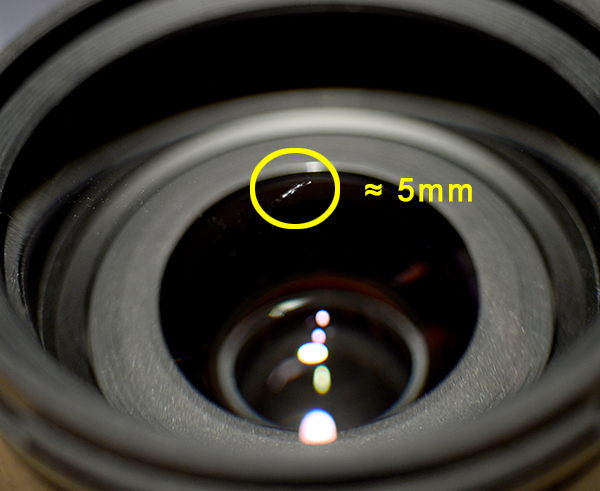
Is Cleaning Even Necessary?
The answer is a definite "sometimes," but not nearly as often as you might think. Even a scratch approximately 5mm long in the front element is barely perceptible in the images. So a speck of dust is a mental nuisance but usually not a physical one.
How do I know? I tried it in 2017, and wrote about it: Torture Test: Do Small Scratches in Lenses Prevent Sharp Images? We Gouge a Zoom to Find Out.
My conclusion then and now is: "At f/32 the aberration is clearly visible, and there is no denying that the lens is damaged. However, based on this experiment, I’m prepared to defend the assertion that unless you shoot at a small aperture and at wideangle, a single scratch, even one as large as 5mm, is virtually unnoticeable."
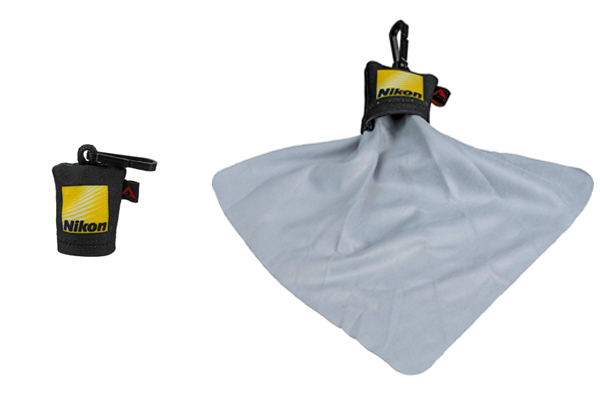 Cleaning the Exterior
Cleaning the Exterior
Frankly, wiping down the exterior of a lens is needed far more often than diddling with the glass. It's easy and requires just two tools: a clean, dry, soft-bristled tooth brush and a clean, thick microfiber cloth.
First, use the brush to clean the knurled surface of the focus and zoom rings (if any) and release trapped grime from all seams. Then gently but thoroughly give the lens a rubdown. I tend to not clean the electrical contacts that may be present on the bottom section of the lens mount unless the lens/camera is malfunctioning. My reasoning: these contacts are gold plated, but how thick is the plating? I won't risk grinding the gold away.
How often should you clean the rear element? This answer is going to attract some disagreement, I know, but unless you have an old lens that hasn't been used for a long time, never clean the rear element. It's seldom even remotely necessary and a misstep here has far more severe consequences.
Become a Member of the Shutterbug Community
Register for a free account. Sign up for our newsletter. Spend five minutes (or less) uploading your best shots once every week or so. Potentially become a Shutterbug Photo of the Day winner. Enjoy viewing the fantastic work being done by thousands of photographers all over the world—and add your images to the enduring collection.
—Jon Sienkiewicz
(As an Amazon Associate, Shutterbug earns from qualifying purchases linked in this story.)
- Log in or register to post comments














